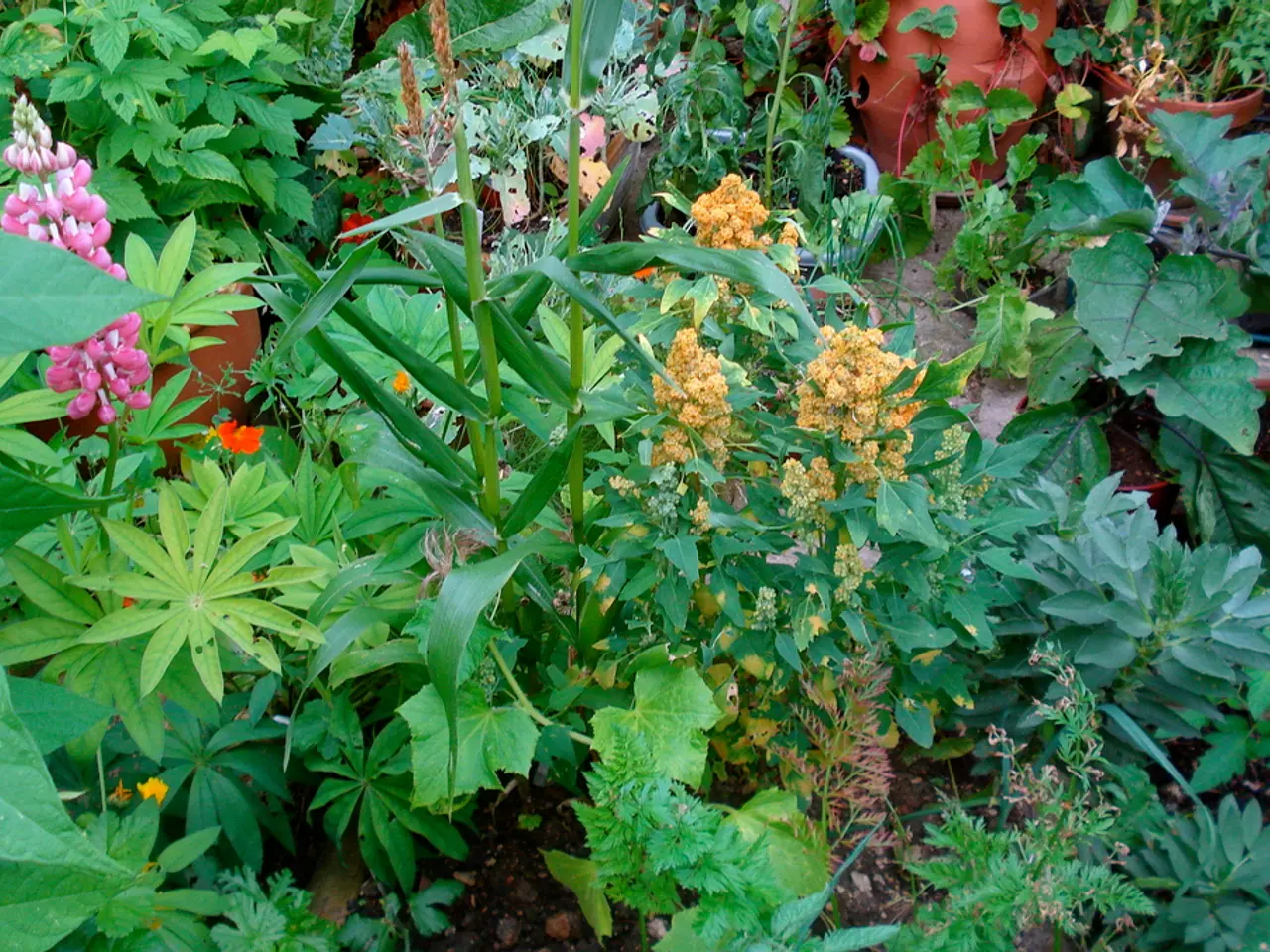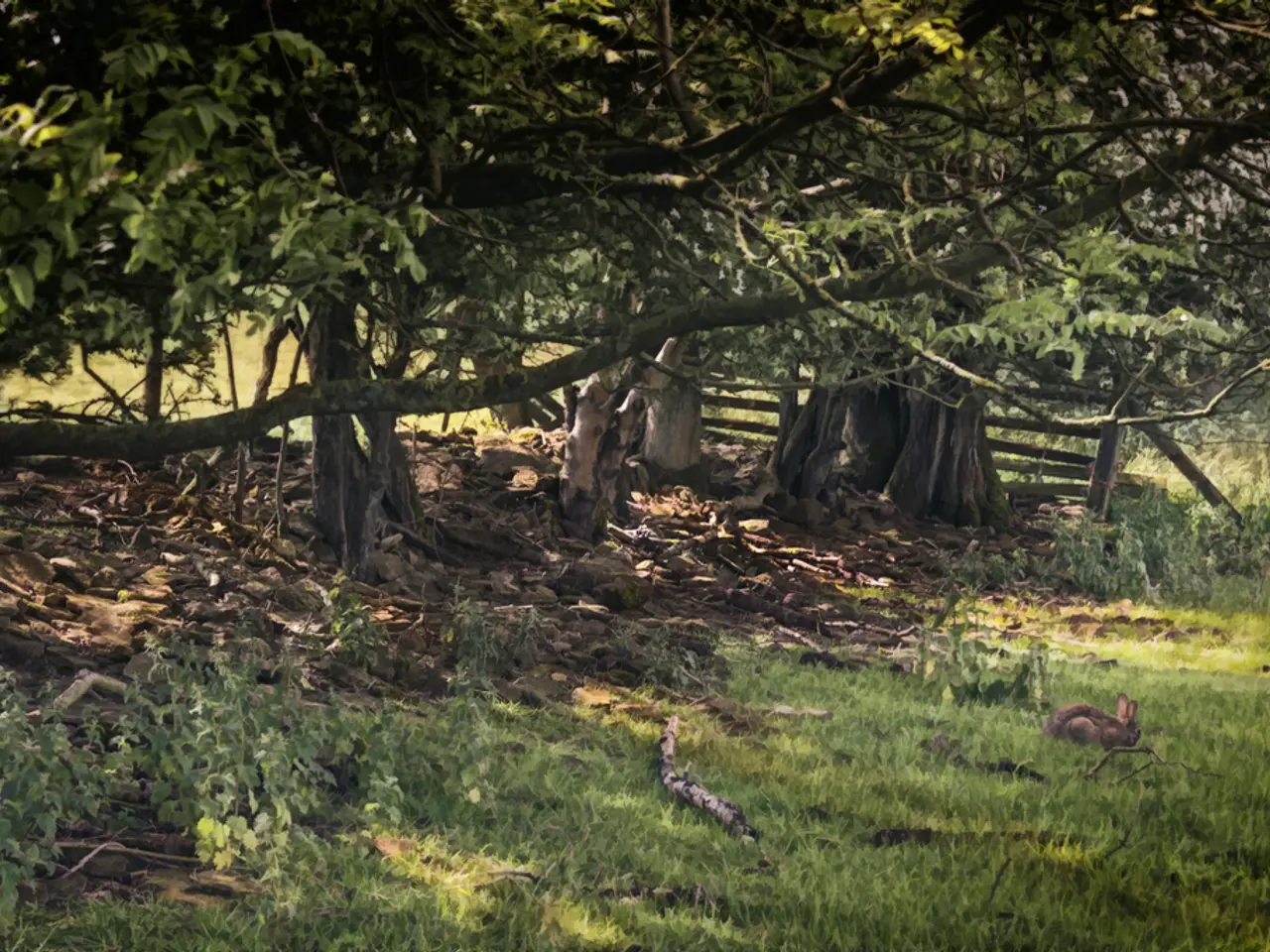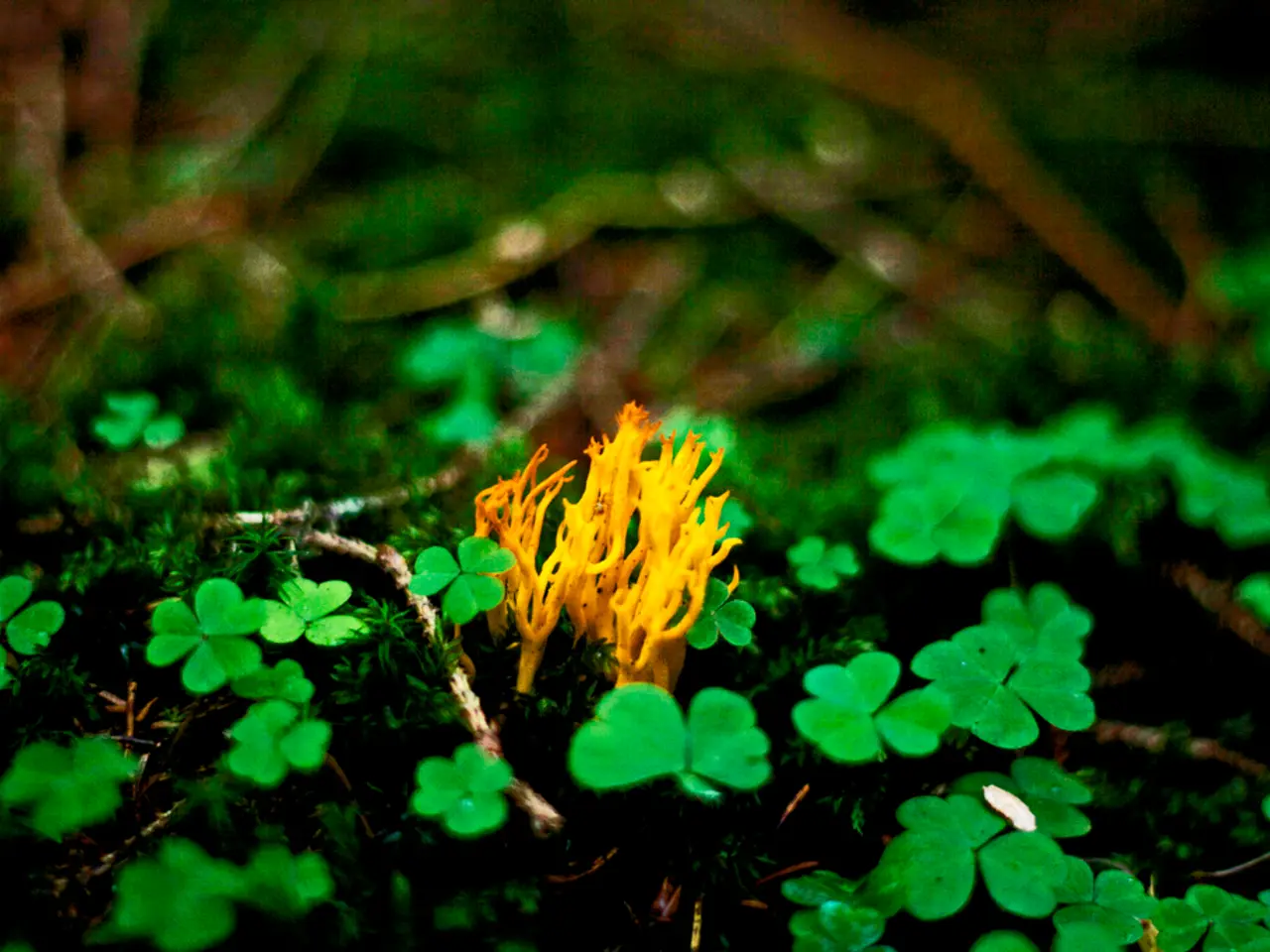Strategies for Picking Nutritious Plant Options at the Nursery
Purchasing Quality Transplants for Your Garden: A Guide for Beginners
For many gardeners, transplants are an essential part of their crop selection. Whether you're a novice or an experienced green thumb, choosing healthy transplants is crucial to having a successful garden. Here, we provide tips on choosing transplants that thrive in your garden.
Tips for Picking Healthy Transplants
Before you head to your local garden center or nursery, consider the establishment itself. Local nurseries often grow their transplants on-site, ensuring the best quality and regional varieties. In my experience, local nurseries offer the best value for money.
However, if you choose big-box stores, carefully inspect the growing conditions. Check if workers tend to the plants regularly, and feel the soil for moisture. Observing the nursery's maintenance practices is vital, as even a day of inadequate water can stunt a plant's growth.
When choosing transplants, keep these tips in mind:
- Seasonal Purchasing: Buying transplants too early can result in stunted growth, while buying late might cause the plants to struggle in their new environment.
- Timely Planting: Try to plant your transplants the same day or within a couple of days of purchase. If immediate planting is not feasible, keep them well-watered in a part-sun location.
- Research: Use your smartphone to quickly research the best variety for your garden before making a purchase. Local nurseries may not provide detailed information, while big-box store tags may only offer basic planting instructions.
- Health Signs: Healthy transplants have short, stocky plants with dark green leaves. The roots should be white and show vigorous growth. Excessively long roots wrapping around the soil medium indicate stress, which could be due to a lack of water or nutrients.
- No Fruit or Flowers: Avoid choosing plants that have begun flowering or producing fruit. Their focus should be on adjusting to their new environment and establishing a healthy root system. If you must choose a flowering plant, pinch off the flowers when you bring it home.
- Check for Problems: Inspect the leaves for wilting, curling, or spots, which can indicate diseases or pests. Such issues can affect not just the plant but your entire garden as well.
- Avoid Clearance Aisle: Transplants in the clearance aisle may have passed their prime and could be stressed, which will negatively impact their establishment and growth in your garden.
For a more in-depth discussion on selecting the best transplants, listen to our podcast episode on the Beginner's Garden Podcast.
By following these tips, beginners can make informed decisions when choosing transplants, ensuring a successful and thriving garden. Happy growing!
- Enhancing your gardening skills doesn't stop at selecting transplants; exploring garden podcasts, like the Beginner's Garden Podcast, can provide valuable insights into gardening.
- To make the most of your gardening endeavors, consider utilizing garden resources such as printables for garden planning or home-and-garden blogs that cater to your lifestyle.
- Developing a garden isn't just about choosing the right transplants, but also about understanding the entire home-and-garden scene and incorporating it into your life, ultimately improving your lifestyle.
- For experienced gardeners, local nurseries offer a wealth of resources and regional varieties, making them invaluable for garden planning and building a thriving garden.








